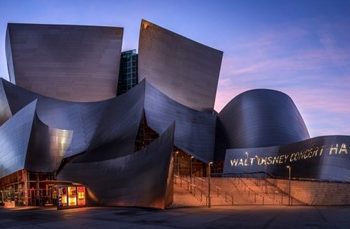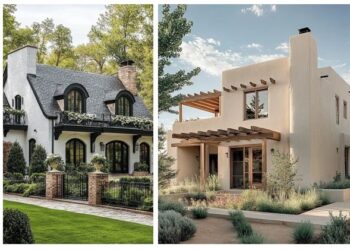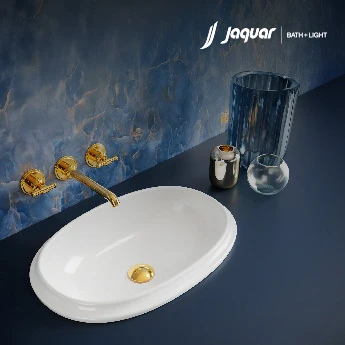
What is light? At its core, light is a form of energy that enables us to see the world around us. It travels in straight lines unless it interacts with other materials, such as when it reflects, refracts, or diffuses.
The most fundamental and powerful source of light is natural sunlight, which sustains life and shapes our daily rhythms. However, humans have long relied on artificial lighting to extend productivity beyond daylight hours, to create ambiance, enhance safety, and fulfill a wide range of functional and aesthetic needs. From ancient oil lamps to modern LED technology, lighting plays a crucial role in how we live, work, and experience space.
Artificial lighting can be categorized based on its function such as:
- General lighting
General lighting Provides overall illumination for a space that allows people to navigate.
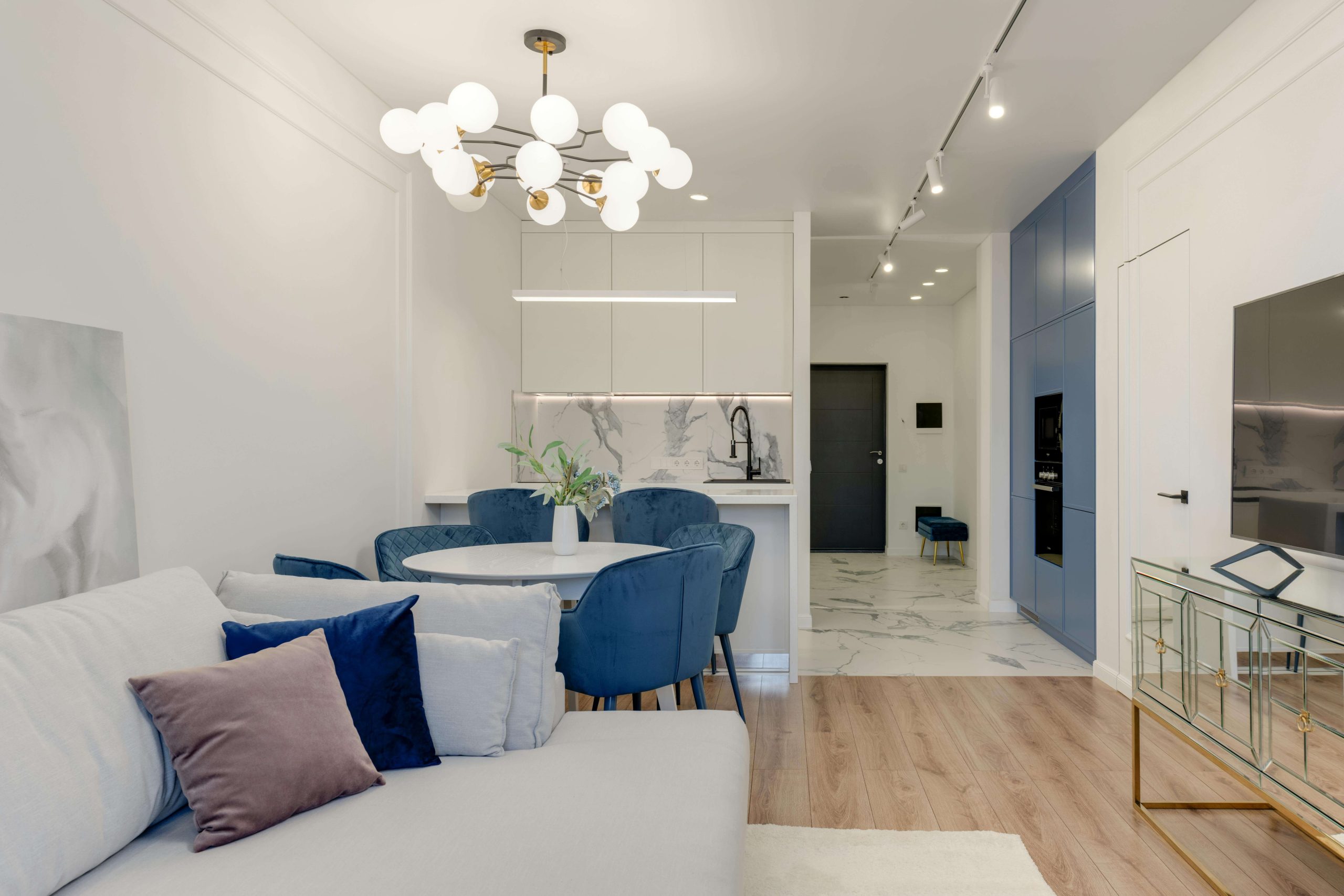
Figure 1: General lighting in a living area © Max Vakhtbovycn
- Accent lighting
Highlights specific objects or architectural features. It could be Grazing lighting, Shadow lighting or even Silhouette effect lighting.

Figure 2 : Accent lighting ©https://prediger.de/
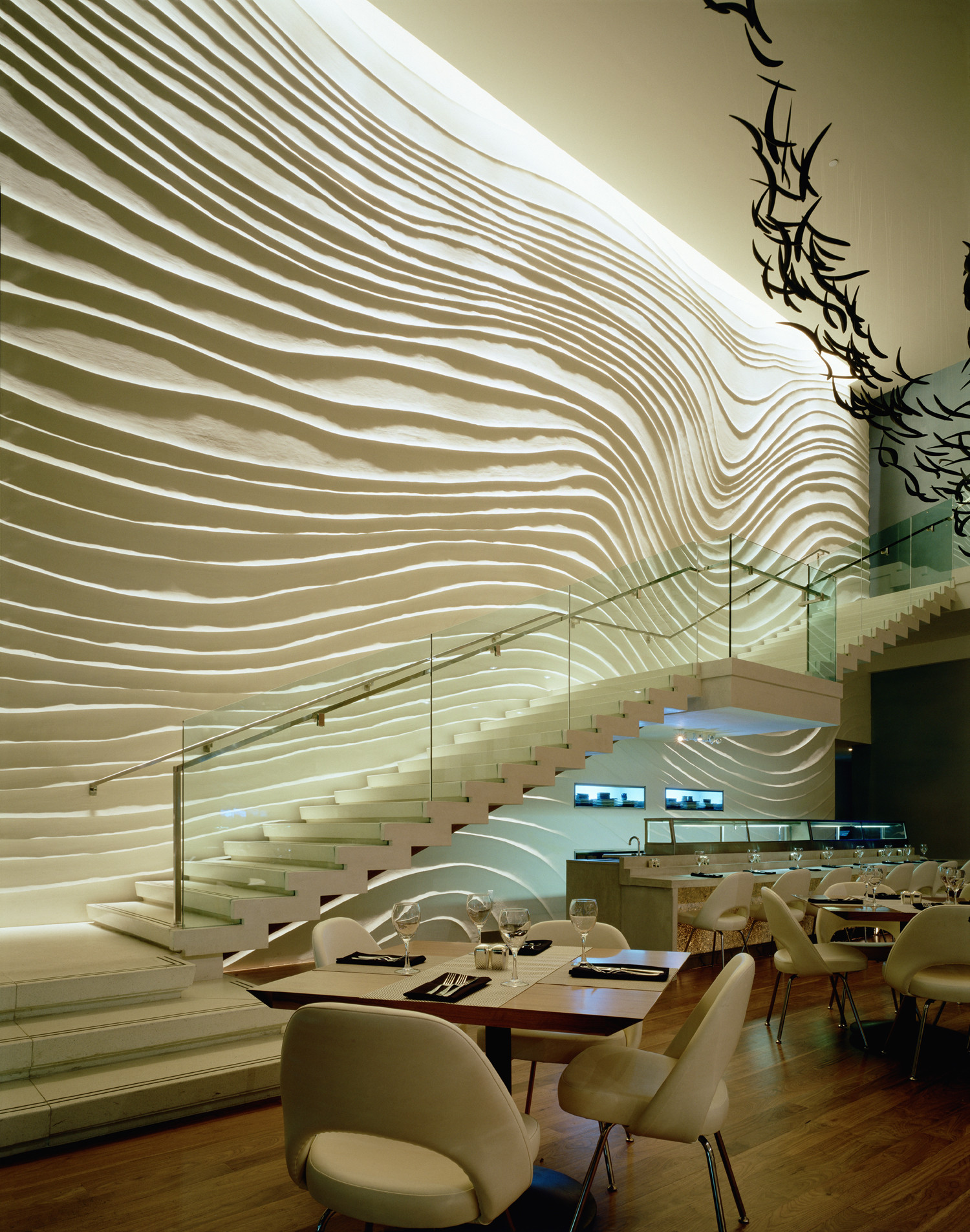
Figure 3: Grazing light at Blue Fin restaurant, New York
- Task lighting
Offers focused light for activities such as reading, cooking, or working. It’s designed to enhance visibility and reduce eye strain in work areas.
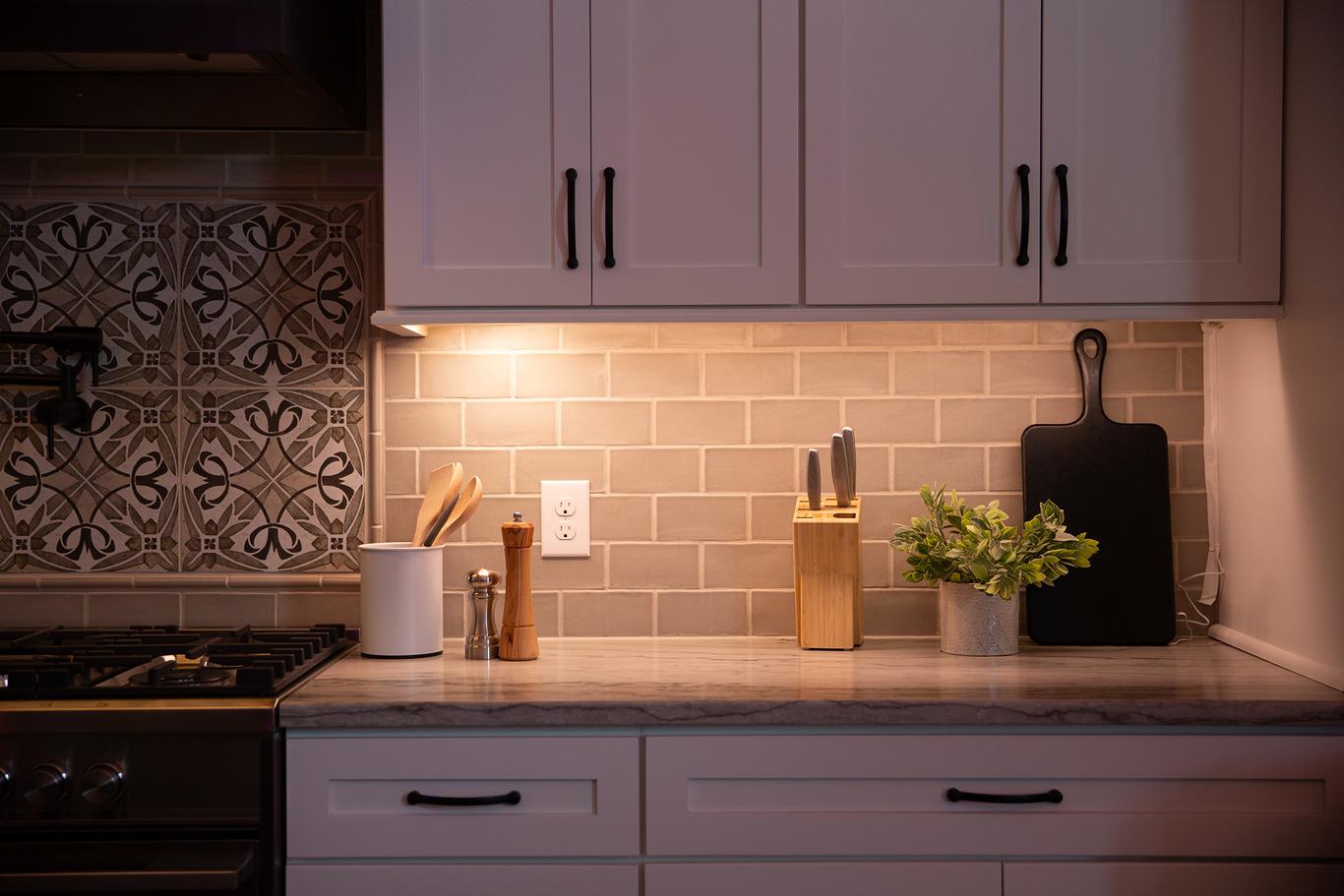
Figure 4: Kitchen top ©https://www.gelighting.com/
In addition to these categories, various lighting types are used depending on placement and design intent such as follows;
- Ceiling lighting
- Wall lighting
- Floor lighting
- Standing lamp and Table / desk lamp
- Water proof lighting
Let’s dive into each…
- Ceiling lighting
Ceiling lighting also known as suspended/ recessed/ surface mounted lighting which is attached to or recessed into a room’s ceiling to provide illumination.
- Pendant mounted lights
Pendant mounted lights are connected to the ceiling by means of a stem, chain or chord. These can be identified as a type of ceiling lighting.
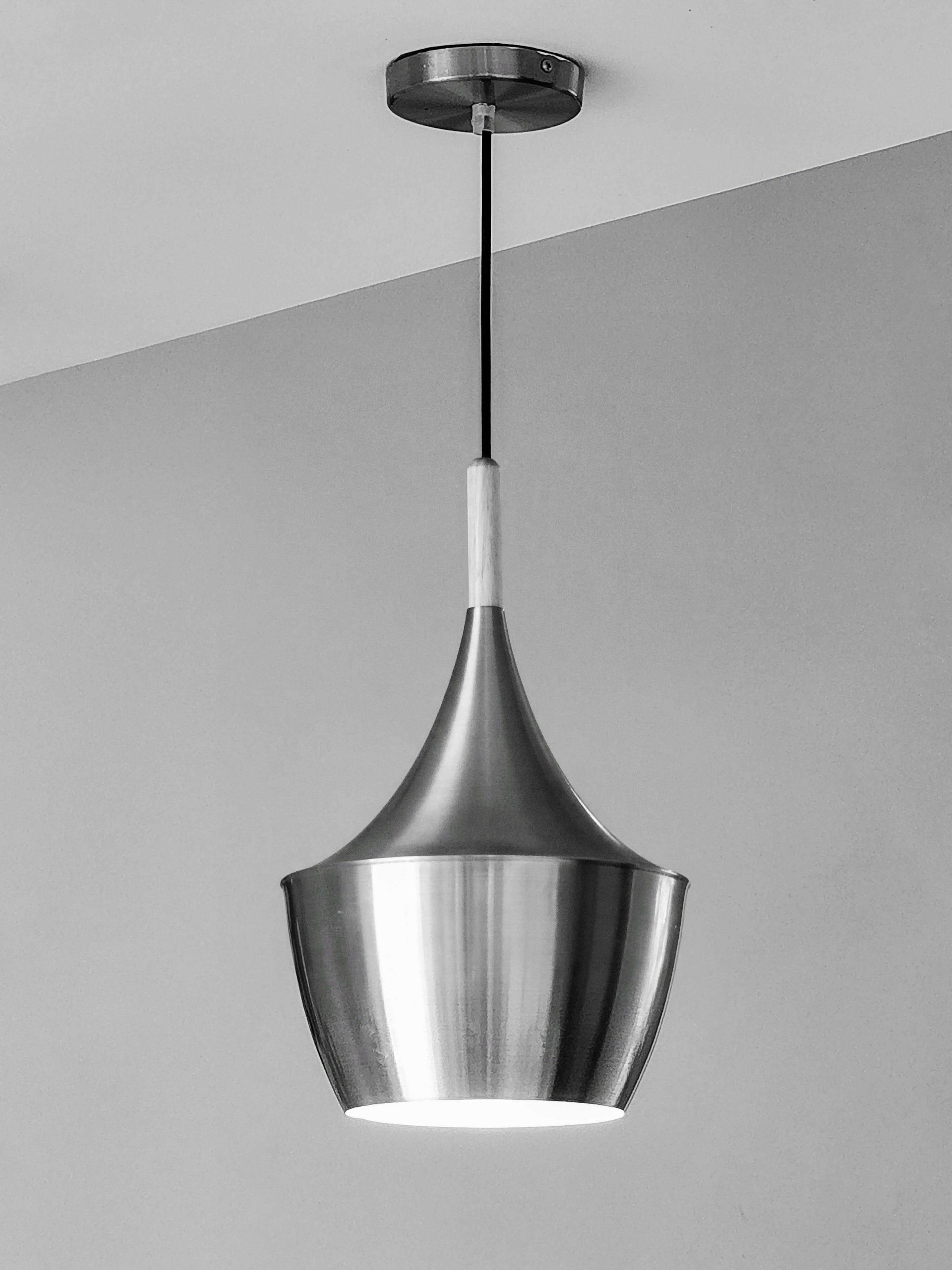
Figure 5: Pendant light © Elsa Puga
There are 3 categories of pendant lighting which are,
Dispersive pendant
A simple frosted or opal glass globe produces a very soft light that fairly equally spread in all directions. How brightly a surface is illuminated depends on how far away the surface is from the light source and whether it is facing towards the luminaire.
Downlight pendant
The light source used for the dispersive pendant can be fitted into a simple shade that redirects the light downwards.
Up light pendant
Suspending the reflector used above in downlight creates an up light which lights up the ceiling to produce a very soft. Indirect quality of light.
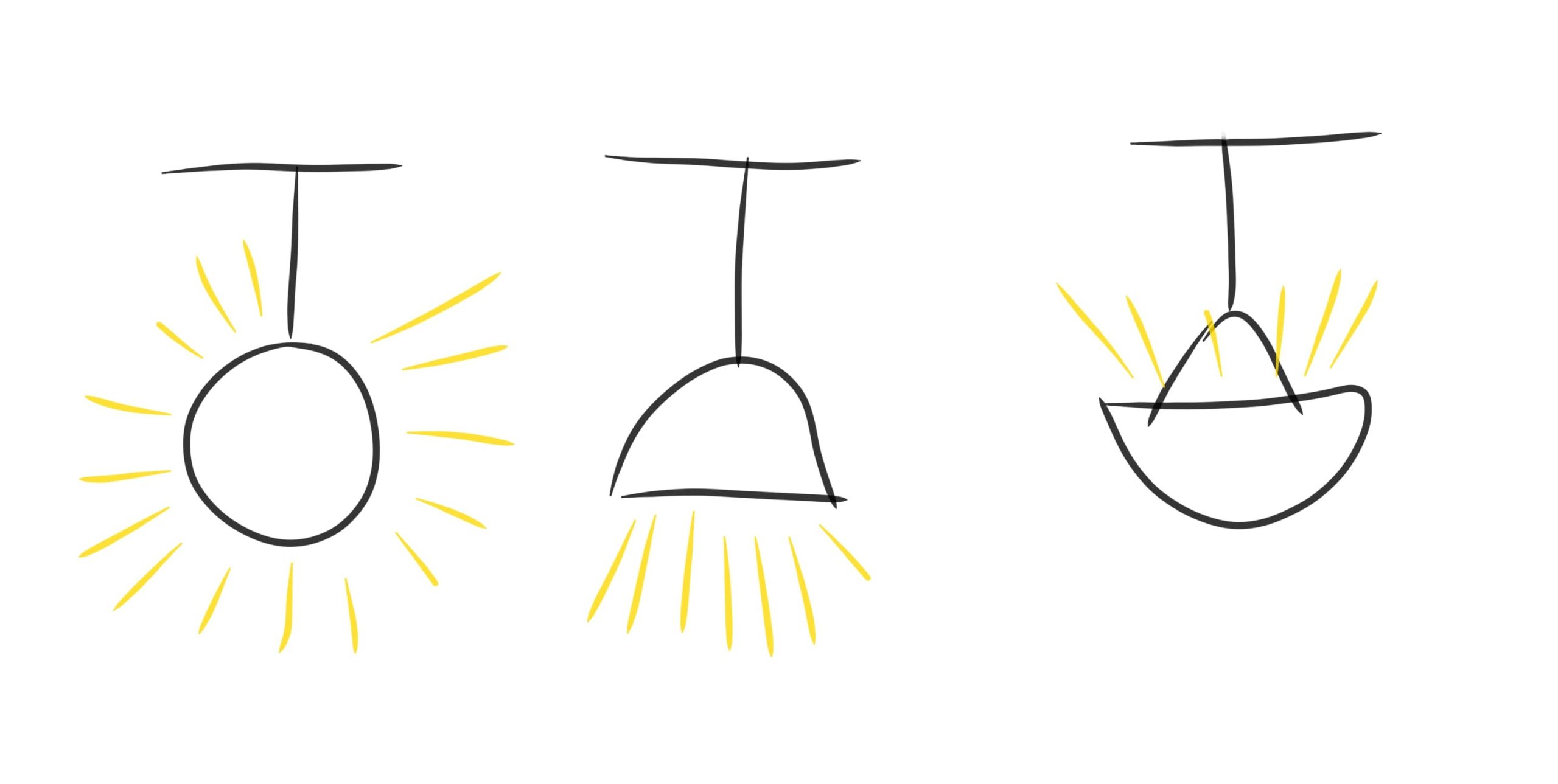
Figure 6: From left to right: Dispersive pendant, Downlight pendant and up light pendant © Author
Recessed and surface mounted lighting can be identified as below.
- Ceiling recessed downlights
One of the most common uses of directional luminaires in architectural situations is as downlights recessed into ceiling surfaces. The light fixture is set or built into the surrounding wall or surface.
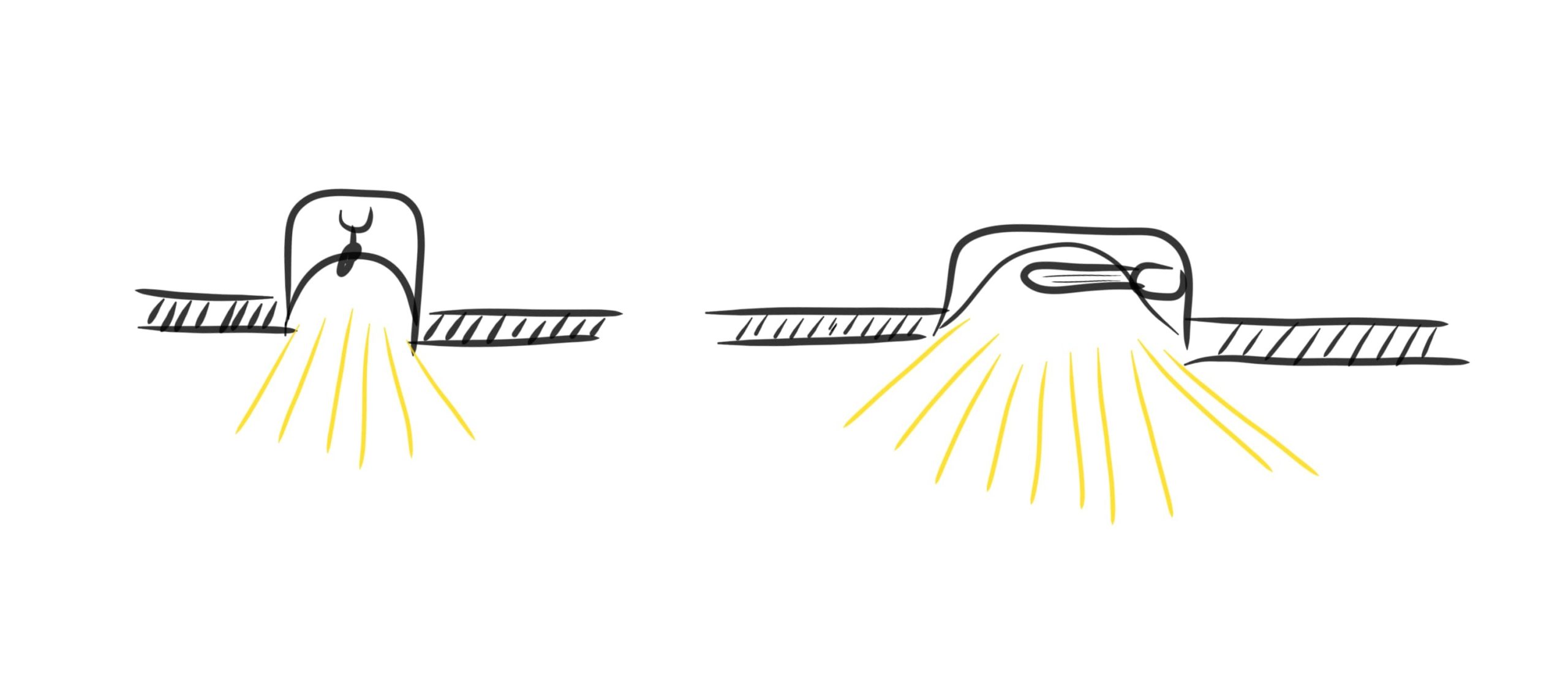
Figure 7: Ceiling recessed downlights © Author

Figure 8: Ceiling recessed downlights
- Ceiling Mounted lighting
Ceiling Mounted Light fittings are fixed to the surface of the ceiling. These could be flush mounted (which is directly attached to the ceiling) or semi flush mounted (which is offset by a stem).
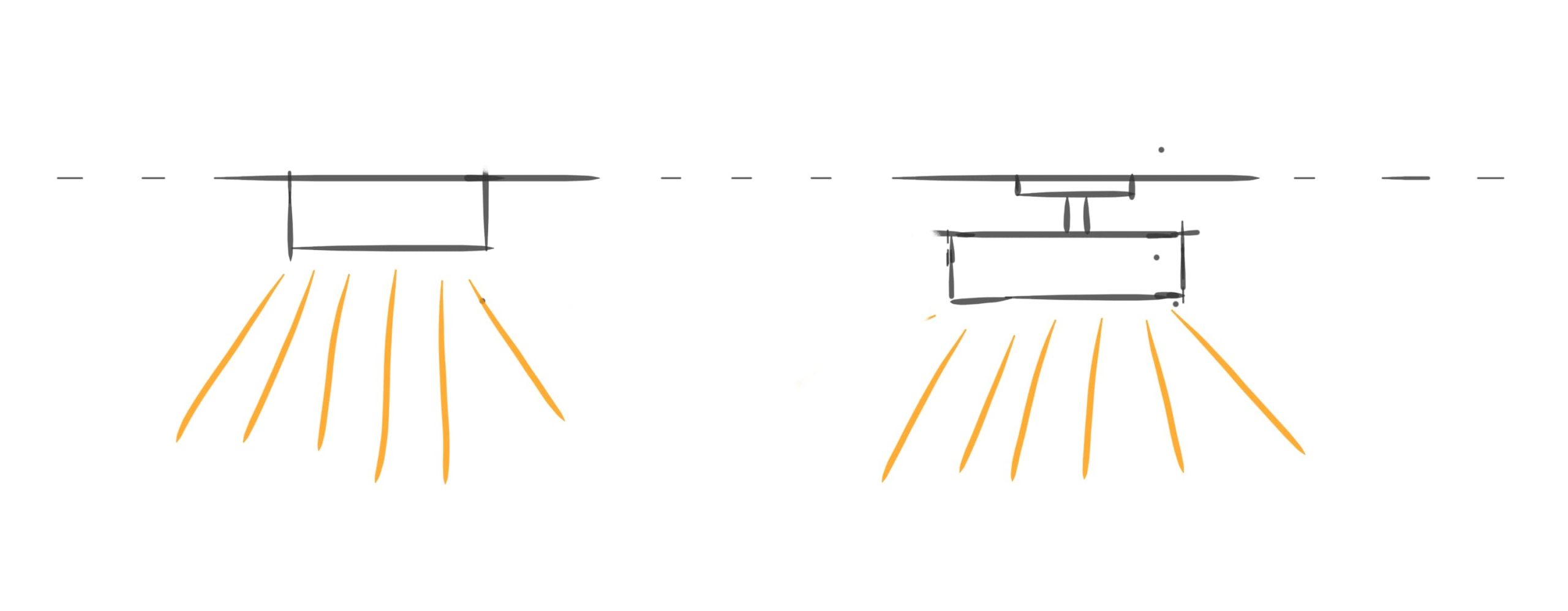
Figure 9: From left to right: flush mounted light and Semi-flush mounted light © Author

Figure 10: Flush mounted light

Figure 11: Semi flush mounted light
- Concealed ceiling coves
A fluorescent batten concealed in a ceiling cove can produce a very soft, indirect light that can help to make a low space feel much higher.

Figure 12: Concealed ceiling coves © Author
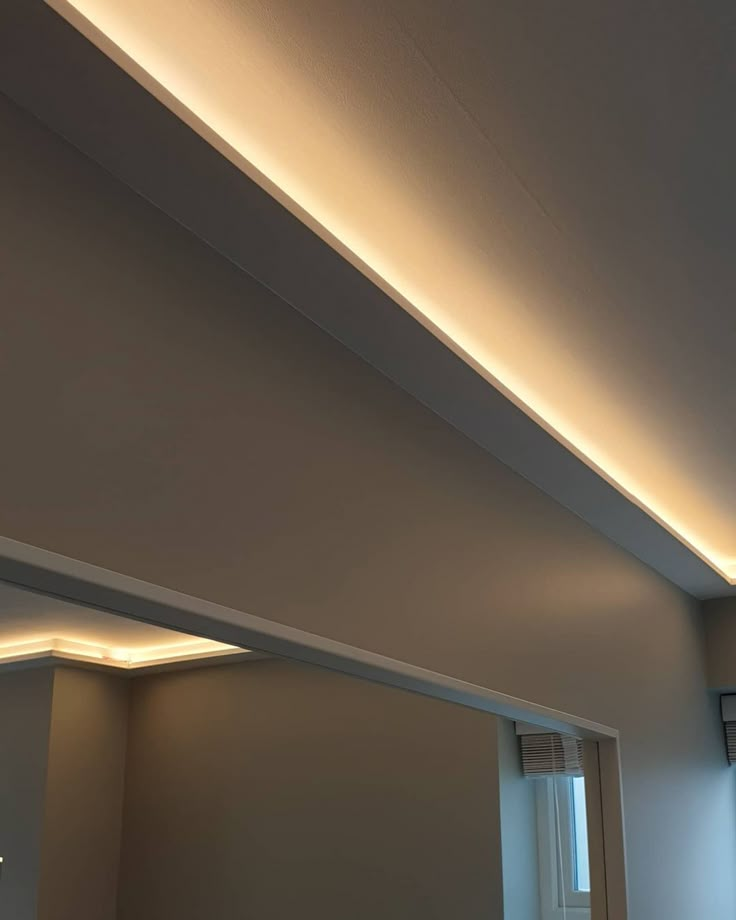
Figure 13: Concealed ceiling coves
- Track lights
Track lights are attached to a horizontal bar which is connected to the ceiling. These can be used as an accent light to highlight features and objects.

Figure 14: Track lights
- Wall lighting
Wall lighting could be recessed or surface mounted. Wall lighting enhances both function and ambiance. It can be recessed for a sleek, integrated look or surface-mounted for a more visible design element. Both types highlight textures, guide movement, and shape spatial atmosphere.

Figure 15: Surface mounted wall lighting

Figure 16: Recessed Wall lights
- Floor lighting
Floor lighting refers to illumination installed at or near floor level to enhance safety, guide movement, and add ambient effect. It can be applied in various ways, such as bollard fixtures to light up outdoor pathways, LED strip lights along stair treads for visibility, or base lighting near kitchen pantry cupboards for a soft, functional glow. While not limited to these, such applications demonstrate how floor lighting can subtly shape spatial experience and improve usability in both indoor and outdoor environments.

Figure 17: bollard floor lighting

Figure 18: Led strip lights for staircase floor

Figure 19: Led strip lights at pantry cupboards
- Standing lamp and Table/ Desk lamps
These are portable lighting fixtures designed for flexibility and focused use. Standing lamps (floor lamps) are typically used to provide ambient or accent lighting in living areas, often placed beside seating or in room corners. Table or desk lamps offer directed, task-oriented light ideal for reading, studying, or detailed work. Both types allow for easy repositioning and contribute to layered lighting schemes, combining function with decorative appeal.

Figure 20: Standing lamp

Figure 21: Table lamp
- Water proof lighting
Waterproof lighting is designed to resist moisture and water ingress, making it suitable for environments exposed to humidity or direct water contact. These fixtures are rated using the Ingress Protection (IP) system, where the first digit indicates protection against solids (like dust), and the second digit indicates protection against liquids.
- Bathroom and Kitchen lighting
In bathrooms, IP44-rated fixtures are ideal for zones near sinks and showers, providing protection against splashes. Task lighting around mirrors and ambient ceiling lights ensure clear visibility and comfort. In kitchens, under-cabinet lighting, recessed ceiling lights, and pendants over islands offer bright, focused illumination. Fixtures near sinks or stoves should also be moisture-resistant for added safety and durability.

Figure 22: IP ratings for a bathroom

Figure 23: Bathroom shower area lighting
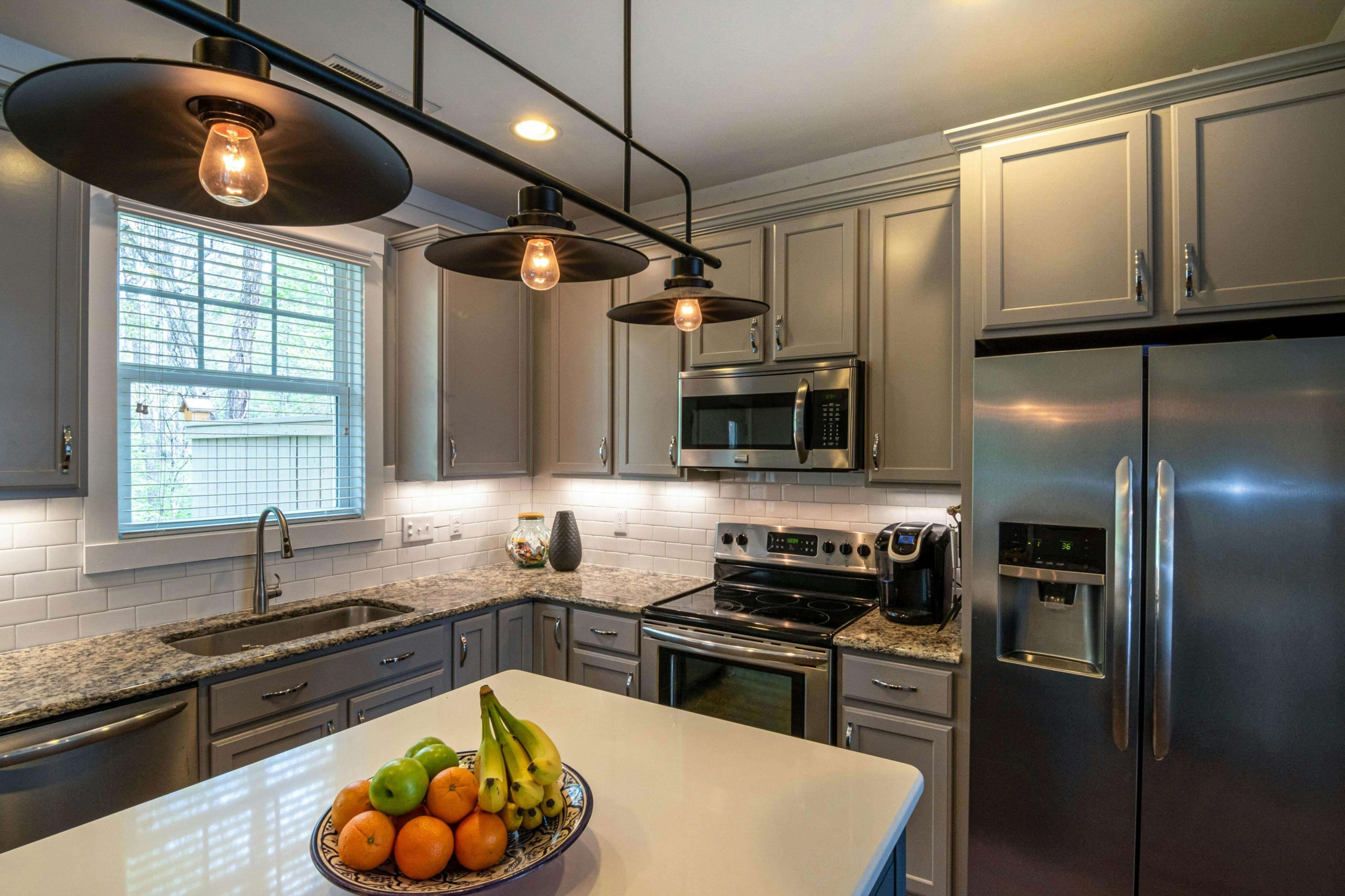
Figure 24: Kitchen lighting © Curtis Adams
- Outdoor light
Outdoor lighting enhances the functionality, safety, and ambiance of exterior spaces such as gardens and pool areas. For effective and durable outdoor lighting, fixtures should have an IP65 rating or higher, ensuring protection against rain, dust, and water jets.
In garden areas, soft pathway lights, spotlights, and accent lighting can highlight plants, trees, or sculptures while creating a serene atmosphere. Around pools, lighting not only adds visual appeal but also improves safety by illuminating the water’s edge and surrounding deck. Waterproof, glare-free fixtures are ideal for pool zones, ensuring both aesthetics and reliability in wet environments.
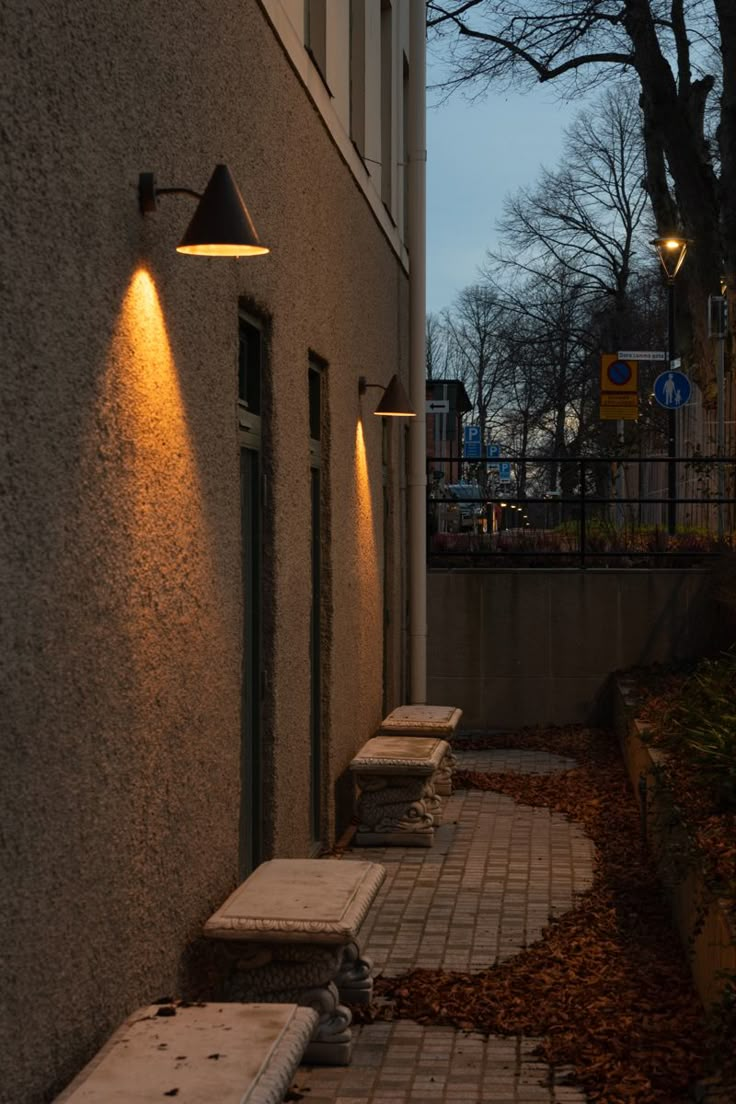
Figure 25: Outdoor light © https://www.orsjo.com/
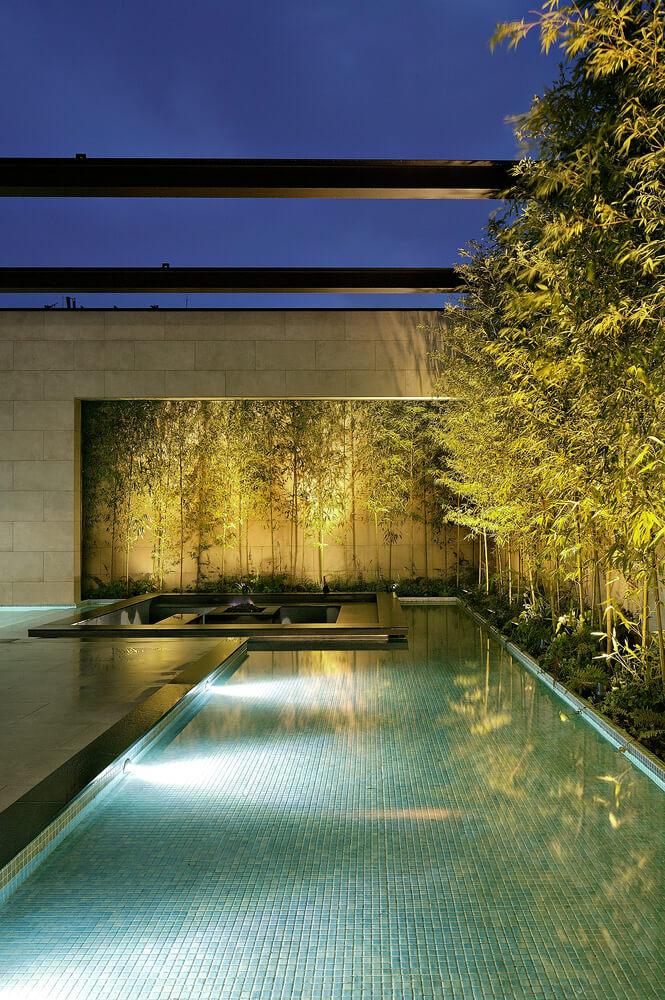
Figure 26: Outdoor lighting at Liberty Lounge/ Simplex Architecture © Young Kim
In architectural design, lighting plays a vital role in shaping atmosphere, enhancing functionality, and ensuring safety. By understanding the different types and applications, from decorative fixtures to technical solutions like waterproof and floor lighting, designers can create layered, responsive environments tailored to user needs.
Reference:
https://www.instagram.com/p/CHTapRKHcdU/?utm_source=ig_web_copy_link
https://www.industville.co.uk/blogs/technical-installations/guide-to-ip-ratings
https://www.nest.co.uk/outdoor-lighting-guide
https://lampgiant.ie/outdoor-lights/outdoor-wall-lights
https://www.darklightdesign.com/
https://www.visalighting.com/products/indoor/ceiling/allegro
https://www.artika.ca/en/products/indoor-lights/flush-mount-lights?p=all
https://www.archdaily.com/875148/liberty-lounge-simplex-architecture?ad_medium=gallery






